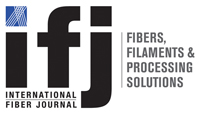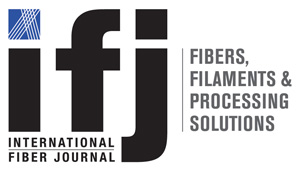Nanotechnology
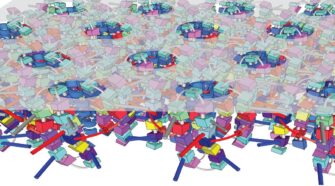
The Age of Atomically Precise Manufacturing
Talking Nanotechnology with David Forrest David Forrest was one of – if not the very first – to draw attention to the potential for nanotechnology in textiles in a presentation …
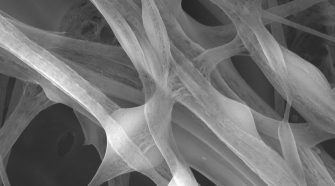
Student Spotlight: Sustainable porous carbon nanofiber alternatives to oil-based materials
The Bernal Institute hosts a multidisciplinary team of world-leading materials scientists and engineers at University of Limerick. The composite cluster aims to develop of new carbon fiber materials from sustainable …
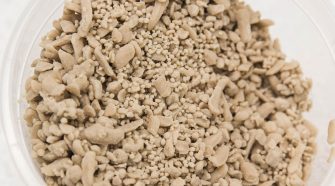

The potential for nanofiber
Nanofiber is a continuous fiber, which has a range of billionths of a meter. As a definition, nanofibers are generally classified as a fiber that is 1 nm to 100 …
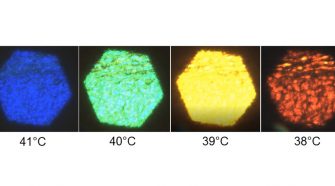

Student Spotlight: Multifunctional temperature-responsive textiles
The Soft Functional Materials Lab @ VCU is motivated to apply fundamental science to solving challenging and practical problems. The lab focuses on the processing and characterization of soft functional …
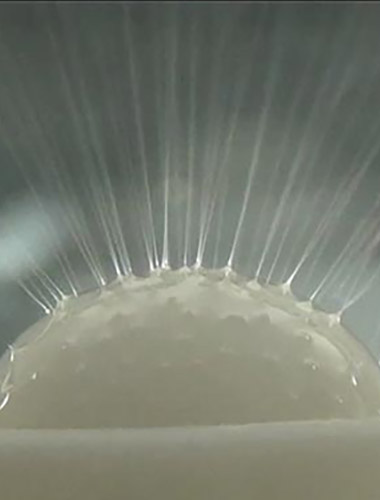

Enabling breakthrough technologies using nanofiber expertise
By Haydn Kriel, R&D Manager; Dr. Megan Coates, Senior Scientist; and Dr. Eugene Smit, CEO, The Stellenbosch Nanofiber Company (Pty.) Ltd. (SNC)
Nanofibers have a range of applications in medicine, cosmetics, environmental monitoring, energy generation and the manufacture of smart materials. The high surface area-to-volume ratio of these nanomaterials is highly beneficial for drug delivery and catalysis, and their controllable pore sizes, that can be tailored to selectively exclude components like bacteria or pollutants, makes nanofiber webs ideal for filtration, tissue engineering and wound care. Nanofibers are also versatile in that additives can be encapsulated within the fibers or coated on to the surface. The choice of the polymer and the nanofiber dimensions can be changed to obtain specific material properties.
